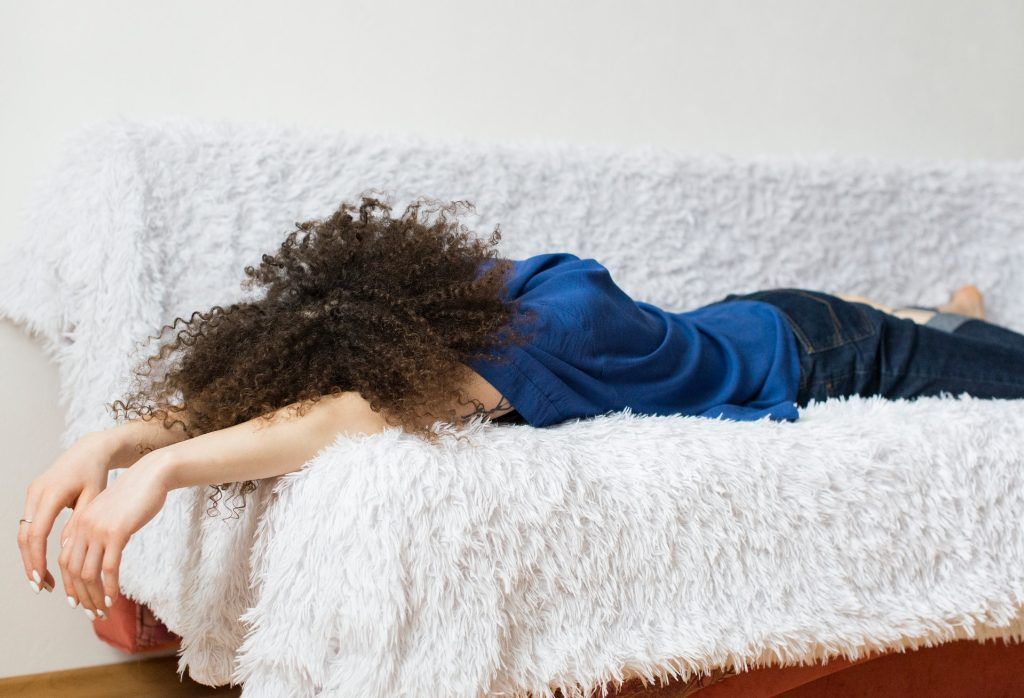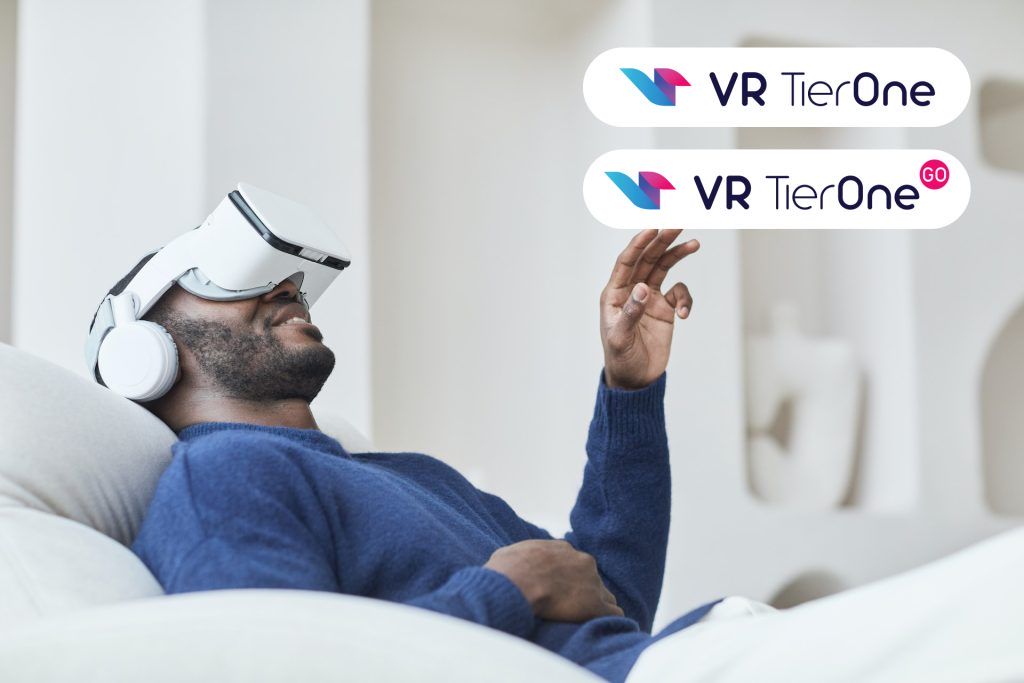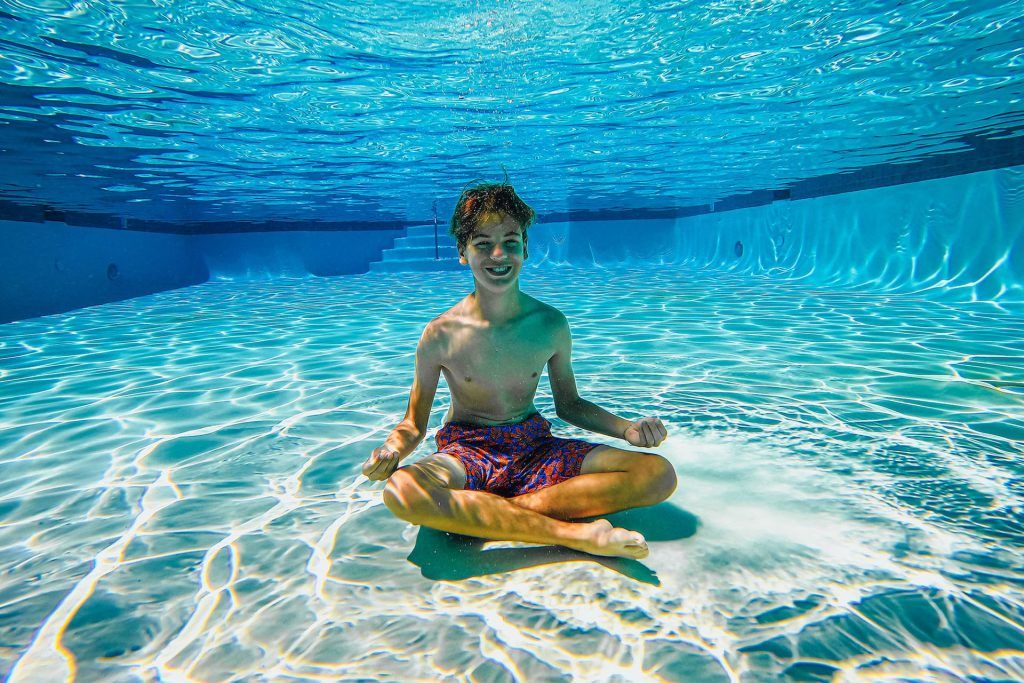WHO reports on stroke are alarming. Every year, stroke affects 15 million people worldwide, as many as 5 million of them fatally, and another 5 million becoming permanently disabled people. This high percentage of disabled people after a cerebral incident is related to post-stroke depression inhibiting the rehabilitation process. Depression in seriously ill somatically ill patients is a phenomenon that adversely affects their healing processes. That is why it is so important to observe for symptoms of depression in the rehabilitation process after a stroke, and initiate appropriate therapy as soon as possible. Treatment of depression after a stroke and recovery can be successfully supported by the VR TierOne medical device.
The development of depression after a stroke
It would seem that the mere fact of having a stroke, as a detrimental experience, is a sufficient cause to trigger depression in a patient. A sudden deterioration of the physical and intellectual functioning , as well as the loss of communication and expression abilities all have an impact on the mental health of the patient after a stroke. However, the psychological mechanism is not the sole one. In the case of post-stroke depression (abbreviated PSD) we are dealing with damage to the structures of the brain and deficits of neurotransmitters, and thus the biological mechanism of depression. The social mechanism, i.e. being left without support during the disease, limited functioning in society after a stroke poses yet another factor. The overlapping of these mechanisms is conducive to the development of PSD. While there are theories that promote unilaterally selected mechanisms, the development of post-stroke depression remains a multi-faceted issue. Post-stroke depression can occur at any stage of stroke. As a rule, the severity of its symptoms is mild to moderate, which is enough for it to become an obstacle to recovery. A human being constitutes an inseparable whole, therefore improvement in the mental condition of stroke patients after stroke increases the chance of improving their motor functions.
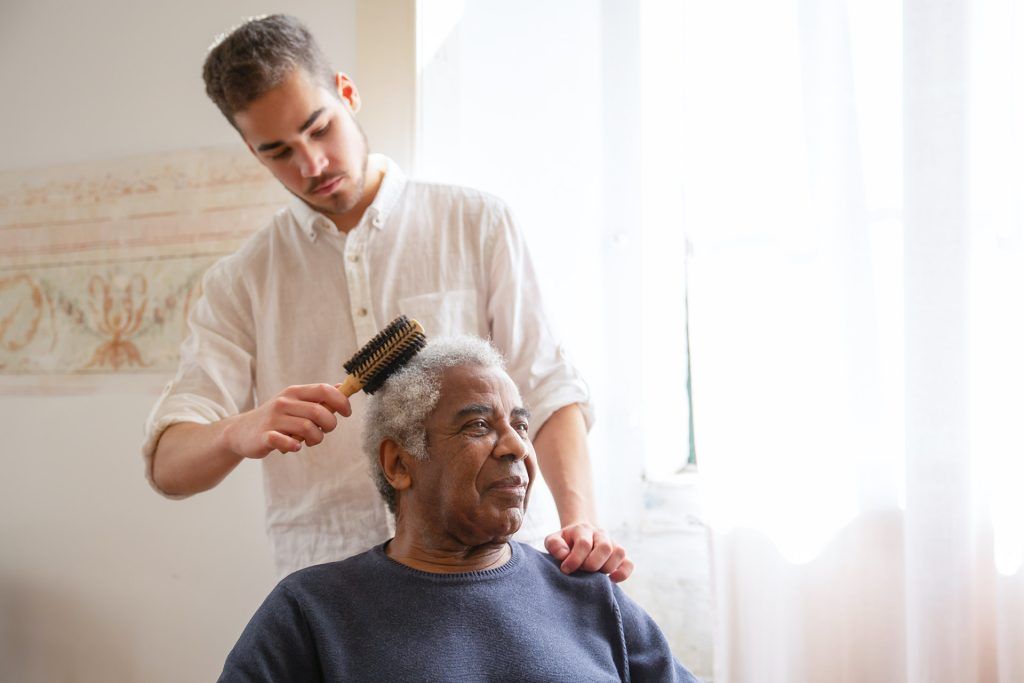
Depression is an obstacle in rehabilitation
The peak incidence of post-stroke depression occurs in the period of 3-6 months following the stroke. It is the same period that the rehabilitation activities can produce the best results in. However, depression prevents the patients from engaging fully in rehabilitation. After all, the presence of a physiotherapist who is ready to act is not enough, the patient needs to be active. PSD manifests itself in:
- decline in the level of motivation,
- fatigue,
- low energy level,
- apathy,
- sense of lack of agency,
- negative vision of oneself, present and future.
Depression makes rehabilitation seem pointless for the patients. Therefore, it is difficult for practitioners to cooperate with patients and obtain the best results. After a stroke, a person who is incapacitated needs rehabilitation, but at the same time their mental state does not allow them to repeat the exercises and benefit from them. Depression as a complication of stroke affects primarily the health and life of the patients, but it should be noted that post stroke depression also constitutes a burden for people involved in rehabilitation and care for the patients.
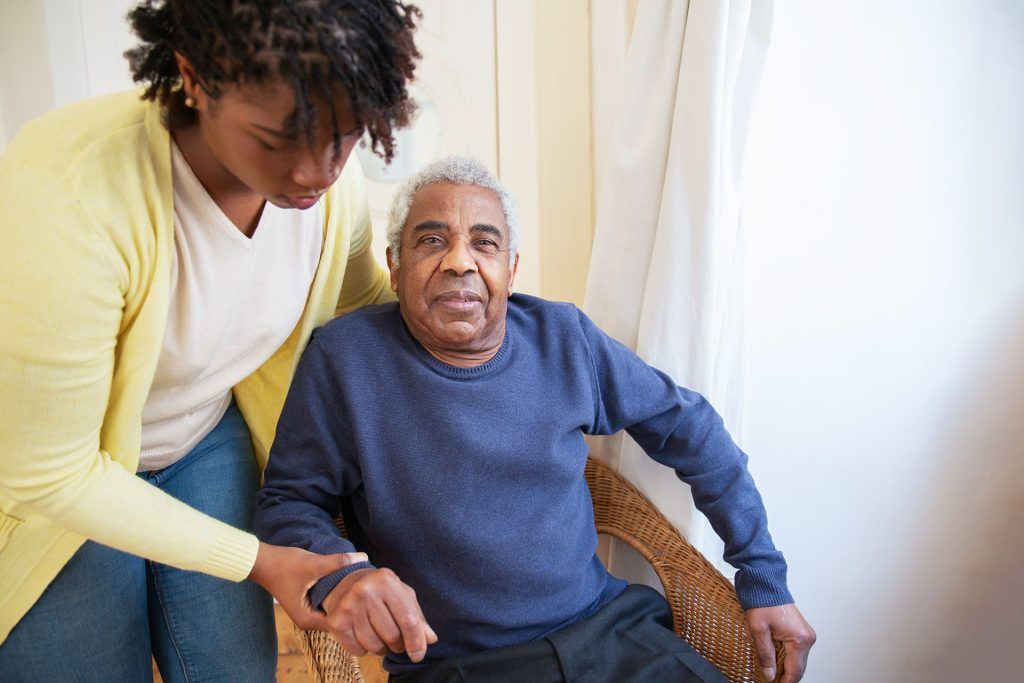
Treatment of depression after a stroke does not differ from the generally accepted principles for treatment of depression, pharmacotherapy and psychotherapy are applied, however, such treatment must take into account the patient’s severe somatic condition. Pharmacotherapy will not work immediately, so it cannot be used as an emergency treatment for depression. We should find solutions, paying particular attention to traditional and modern methods of treating depression. VR TierOne therapy has been developed to support the treatment of depression in stroke patients using Virtual Reality.
Therapy of depression with VR
Movement disorders after a stroke are characteristic and overwhelming, but these are not the sole problems the patients face. Cognitive and emotional disorders make the patients unable to cooperate, which translates into poor rehabilitation results. Therefore, if there are reasons for it, the treatment of depressive disorders should be carried out in parallel with motor therapy. Post-stroke depression therapy is essential for qualitatively correct rehabilitation and full use of the therapeutic window. Post-stroke depression is strongly manifested by the patients’ lack of motivation to exercise and a sense of futility to act. Strengthening the patients’ faith in their own competences is crucial for the long-term recovery process. Motivating is a difficult task that falls on the patients’ families and physiotherapists working directly with them. It is advisable for the patient to be under the professional care of a mental health specialist, but in practice it is not always possible for all patients who require it. The sooner the patients are able to take responsibility for their own health through an active attitude, the better for them.Patients in state of depression are sensitive to negative signals that reach them, and therefore, a person staying in the patients’ environment, should never express any doubts about the sense of rehabilitation, treatment and therapy.
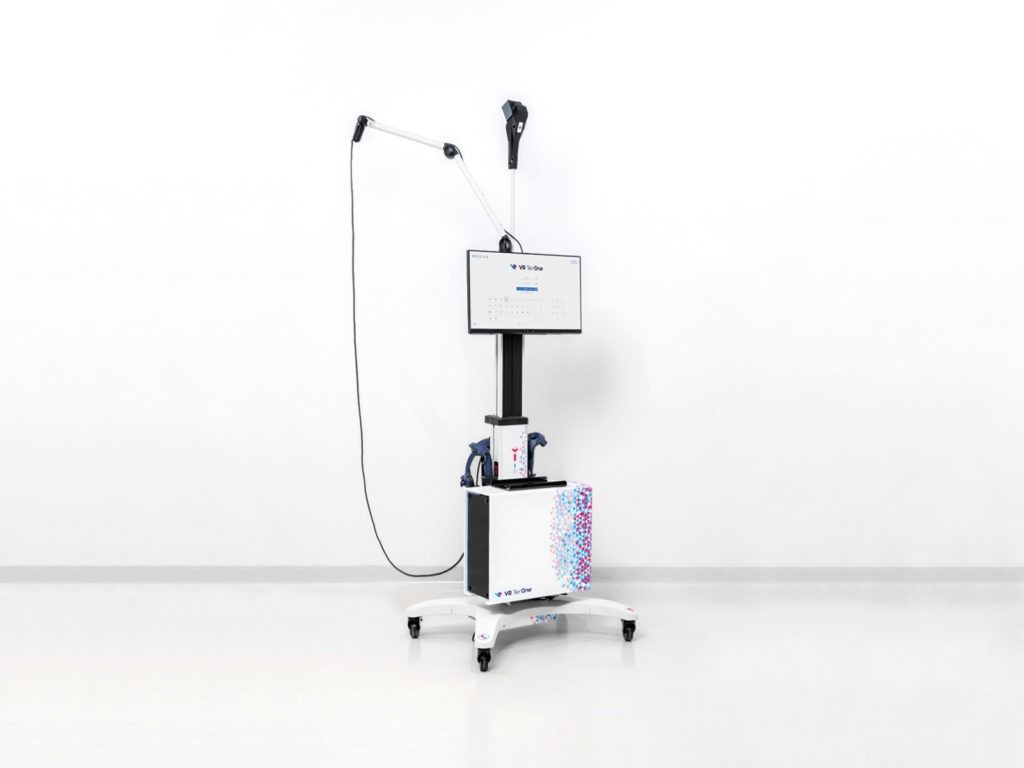
In Virtual Reality, the patient is surrounded by kindness, understanding, positive stimuli, a soothing landscape and sounds. The therapeutic session is conducted in these well-being conditions, that are so different from typical hospital environment. VR TierOne therapy was planned as a short psychological intervention. Already one therapeutic cycle (consisting of 8 sessions) can be conductive to improvement of the mental condition of the patient. Importantly, the improvement in the well-being of patients undergoing therapy continues after the end of the cycle. The therapy supporting the treatment of depression in Virtual Reality has been designed in such a way, as to:
- improve the mood of the stroke patient,
- reduce accompanying stress and anxiety,
- increase the sense of agency,
- enhance the patient’s internal forces,
- support cognitive functions,
- inspire motivation to pro-health activities,
- build empathy for oneself,
- raise acceptance of their condition,
- additionally activate the upper limbs.
A stroke means that the patient faces a lot of work. Rehabilitation usually involves effort and pain. In comprehensive stroke rehabilitation, VR TierOne therapy appears to be a pleasant experience, however, it requires commitment on an emotional, cognitive and kinesthetic levels. A visit to the virtual Garden of Rebirth reduces the symptoms of post-stroke depression, as well as lowers the level of accompanying stress and anxiety. During the subsequent VR TierOne therapeutic sessions, the process of changes is initiated, enabling the patients to gather mental strength to continue working on their health in both the virtual and the real world.




